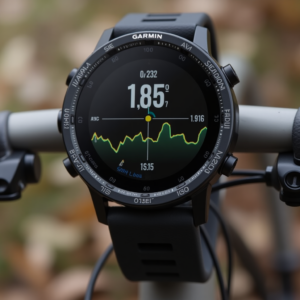
Computer vision, a field of artificial intelligence (AI) focused on enabling machines to interpret and make decisions based on visual data, has a rich and intriguing history. From its early conceptual stages to its current applications in various industries, computer vision has evolved significantly. This article delves into the history of computer vision, highlighting key milestones and technological advancements that have shaped its development.
The Early Days: 1950s – 1970s
The roots of computer vision can be traced back to the 1950s and 1960s when researchers began exploring the idea of teaching machines to “see.” Early experiments focused on simple tasks such as recognizing handwritten digits and basic shapes. One of the first significant breakthroughs was the development of the optical character recognition (OCR) system, which could convert printed text into machine-readable data.
In the late 1960s, Larry Roberts, considered the “father of computer vision,” published a seminal paper outlining methods for extracting 3D information from 2D images. This work laid the foundation for many future advancements in the field.
The Formative Years: 1980s – 1990s
The 1980s and 1990s marked a period of substantial progress in computer vision. Researchers developed more sophisticated algorithms for edge detection, image segmentation, and object recognition. During this time, the advent of more powerful computers allowed for the processing of larger datasets and more complex computations.
One notable achievement was the development of the Scale-Invariant Feature Transform (SIFT) algorithm by David Lowe in 1999. SIFT became a cornerstone in feature detection, enabling robust matching of objects in images regardless of scale, rotation, or illumination changes.
The Rise of Machine Learning: 2000s – 2010s
The 2000s brought a paradigm shift in computer vision with the integration of machine learning techniques. Convolutional Neural Networks (CNNs), inspired by the human visual cortex, revolutionized the field by significantly improving image recognition accuracy. The breakthrough moment came in 2012 when a CNN-based model, AlexNet, won the ImageNet Large Scale Visual Recognition Challenge (ILSVRC) with a remarkable margin.
This victory showcased the potential of deep learning and set the stage for widespread adoption of CNNs in computer vision applications. The subsequent years saw rapid advancements in object detection, facial recognition, and autonomous vehicles, all powered by deep learning algorithms.
Modern Day and Beyond: 2020s and Future Prospects
Today, computer vision is an integral part of various industries, including healthcare, automotive, retail, and security. Cutting-edge techniques such as Generative Adversarial Networks (GANs) and reinforcement learning are pushing the boundaries of what is possible with visual data.
In healthcare, computer vision aids in early disease detection and diagnosis through medical imaging analysis. Autonomous vehicles rely on real-time object detection and navigation systems to operate safely. Retailers use computer vision for inventory management and personalized shopping experiences.
Looking ahead, the future of computer vision promises even more exciting developments. With the continued advancement of AI and machine learning, we can expect more sophisticated applications, improved accuracy, and broader adoption across different sectors.
The history of computer vision is a testament to human ingenuity and the relentless pursuit of technological advancement. From its humble beginnings in the mid-20th century to its current status as a cornerstone of AI, computer vision has come a long way. As we look to the future, the potential for further innovation and impact remains vast, promising to transform the way we interact with the world around us.


